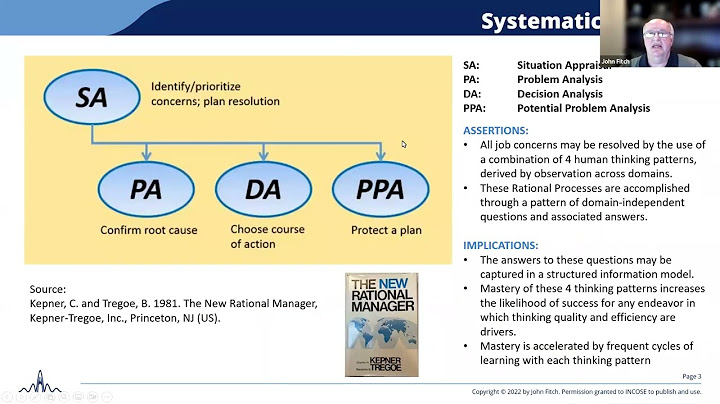Arguments are delivered against the proposition that choosing a qualitative or a quantitative research method is completely paradigmatically determined and that these methods cannot be justifiably triangulated or combined because of the incompatibility of their associated paradigms. Social scientific paradigms (such as the empirical-analytical, interpretative and critical paradigms) do not appear logically compelling incompatible with respect to ontological or epistemological aspects as is often stated. In addition, paradigms and methods are mutually underdetermined. This is so. because the linkages of paradigms with methods are partly based on a kind of ‘Wahlverwandtschaft’ and because these linkages seem partly to be of a psychological and sociological nature. Both paradigms and methods can be conceived as perspectives. Moreover, perspectivism does not necessarily imply a common (positivistic) reality, but may be conceived otherwise, for instance, as a pluralistic constructivism. Besides paradigmatic and general methodological factors there is room for several pragmatic factors which influence the choice of a research method. This pragmatic room can be structured by eight dimensions, viz.: the researcher, the concrete object of study, the research situation, the research question, the research goal, relevant audiences, conditions and circumstances, and the time-dimension. Show
Ruben De Asis Rosendal 100% found this document useful (1 vote) 436 views 6 pages
© © All Rights Reserved Did you find this document useful?Is this content inappropriate?Report this Document 100% found this document useful (1 vote) 436 views6 pages LESSON 4 - QUALITATIVE RESEARCH in DIFFERENT AREAS OF KNOWLEDGEUploaded byRuben De Asis Rosendal Full description Jump to Page You are on page 1of 6 Search inside document You're Reading a Free Preview
Buy the Full Version Reward Your CuriosityEverything you want to read. Anytime. Anywhere. Any device. No Commitment. Cancel anytime.   PRACTICAL RESEARCH IN DAILY LIFE 1 GROUP ACTIVITY: LET’S REVIEW! Task 1: FACT CHECKING Read the following statements. Highlight the first word with green if the statement is TRUE, highlight red if you think it is FALSE. 1.An opinion from any person is recognized and considered as an answer to the question asked by the researcher. 2.A researcher must read literature that relates to the problem he or she is studying. 3.The researcher has the final say in his findings. 4.To have an objective view of his or her study, the researcher should avoid listening to another researcher. 5.There should be adequate data before conducting a research. 6.Research studies what happens in any field of knowledge. 7.Scientific approach expresses and records your findings qualitatively. 8.Triangulation or mixed method enhances accuracy and interpretation. 9. Naturalistic approach is people oriented. 10.A qualitative research is exclusive to both hard and soft sciences. 11.Soft science studies human behavior in a scientific manner. 12.The scientific approach gives stress to measurable and observable facts instead of personal views, feelings, or attitudes. 13.All research types apply to all data collecting techniques. 14.Reasons happens in just one field of knowledge. 15.Past events in a person’s life are the focus of triangulation. 16.The rationale of the study gives the reasons why the study should be conducted. 17.The starting point in any research project is to formulate a question. 18.The researcher's own personal interests and observations may be a valuable source of questions. 19.Theories of other researchers are not a particularly good source of research questions. 20.Successful research often raises new questions, even while it answers old questions. 21.A research question transforms into your conclusion. 22.You should never consider matching your interest to a funder interest. 23.A problem statement identifies the nature of the problem being addressed, and its context and significance. 24.The "purpose" of a study is the same thing as the "objective" of a study. 25.The "specific aims" of a study are the same thing as the "objectives" of a study. What approach focuses on measurable and observable facts rather than personal views feelings or attitudes?The scientific approach gives stress to measurable and observable facts instead of personal views, feelings, or attitudes. A qualitative research is exclusive to both hard and soft sciences.
Which approach focuses on discovering the real concept or meaning behind people's lifestyle and social relations?Naturalistic Approach- A people-oriented approach which focuses on discovering the real concept or meaning behind people's lifestyles and social relations.
What type of qualitative research involves the examination of primary documents to make you understand the connection of past events to the present time?HISTORICAL ANALYSIS The examination of primary documents to understand the connection of past events to the present time.
Which of the following types of qualitative research focuses on group culture?Ethnography is used when a researcher wants to study a group of people to gain a larger understanding of their lives or specific aspects of their lives.
|

zusammenhängende Posts
Werbung
NEUESTEN NACHRICHTEN
Werbung
Populer
Werbung

Urheberrechte © © 2024 toptenid.com Inc.

















